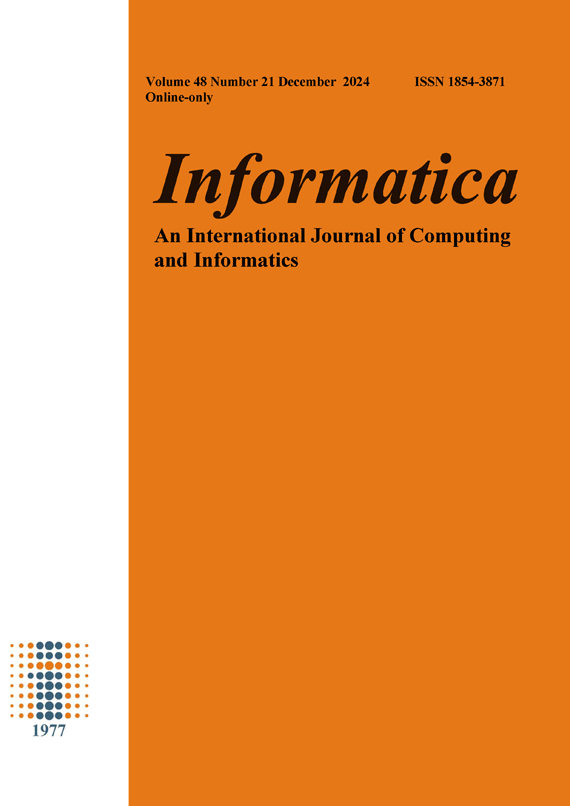Predicting Stages of Liver Cirrhosis Using Data Mining and Machine Learning Techniques
DOI:
https://doi.org/10.31449/inf.v48i21.6752Abstract
Liver cirrhosis often occurs as a result of the lengthy and persistent progression of chronic liver disorders. It is a key crucial cause of death on a global scale. Early diagnosis and identification of cirrhosis are essential for preventing the disease's progression and the complete devastation of liver tissue. This paper aims to build an intelligent automated system that can predict the stages of cirrhosis employing Machine Learning (ML) algorithms, including Random Forest (RF), Extra Trees (ET), and Support Vector Machine (SVM). The dataset used in this research is sourced from the Zenodo website, which is linked to the GitHub website. This was our initial use of the data, which is publicly accessible. Data mining techniques were also implemented to analyze the data before predicting the outcome. Due to the considerable imbalance in the dataset's classes, we applied the Synthetic Minority Oversampling Technique (SMOTE) to mitigate a bias problem in a machine learning model. A newly proposed model implemented feature selection techniques Chi-Square and Recursive Feature Elimination and Cross-Validation (RFECV) with classifiers RF and SVM (RF-RFECV, SVM-RFECV). The experimental findings demonstrate that the Extra-Trees model using the Chi-square feature selection method (ET-Chi-Square) achieved the maximum level of accuracy of 93.87%. Additionally, it obtained recall, F1-score, and precision values of 94% each, and an Area Under Curve (AUC) of 99%. Our method exhibited exceptional performance as compared to previous relevant research.
Downloads
Published
Issue
Section
License
I assign to Informatica, An International Journal of Computing and Informatics ("Journal") the copyright in the manuscript identified above and any additional material (figures, tables, illustrations, software or other information intended for publication) submitted as part of or as a supplement to the manuscript ("Paper") in all forms and media throughout the world, in all languages, for the full term of copyright, effective when and if the article is accepted for publication. This transfer includes the right to reproduce and/or to distribute the Paper to other journals or digital libraries in electronic and online forms and systems.
I understand that I retain the rights to use the pre-prints, off-prints, accepted manuscript and published journal Paper for personal use, scholarly purposes and internal institutional use.
In certain cases, I can ask for retaining the publishing rights of the Paper. The Journal can permit or deny the request for publishing rights, to which I fully agree.
I declare that the submitted Paper is original, has been written by the stated authors and has not been published elsewhere nor is currently being considered for publication by any other journal and will not be submitted for such review while under review by this Journal. The Paper contains no material that violates proprietary rights of any other person or entity. I have obtained written permission from copyright owners for any excerpts from copyrighted works that are included and have credited the sources in my article. I have informed the co-author(s) of the terms of this publishing agreement.
Copyright © Slovenian Society Informatika








